11 Free Global Network transparent PNG images
Discover our curated collection of 11 free AI-generated images tagged as 'Global Network'. This diverse gallery showcases stunning visualizations of interconnected systems, ranging from stock photos of server rooms to 3D renderings of data networks, abstract vector representations of digital connectivity, and artistic illustrations of worldwide communication systems. Each high-resolution image is available for free download, and you can utilize our 'open in editor' feature on any image's detail page to fine-tune the prompt and regenerate variations that perfectly match your vision.
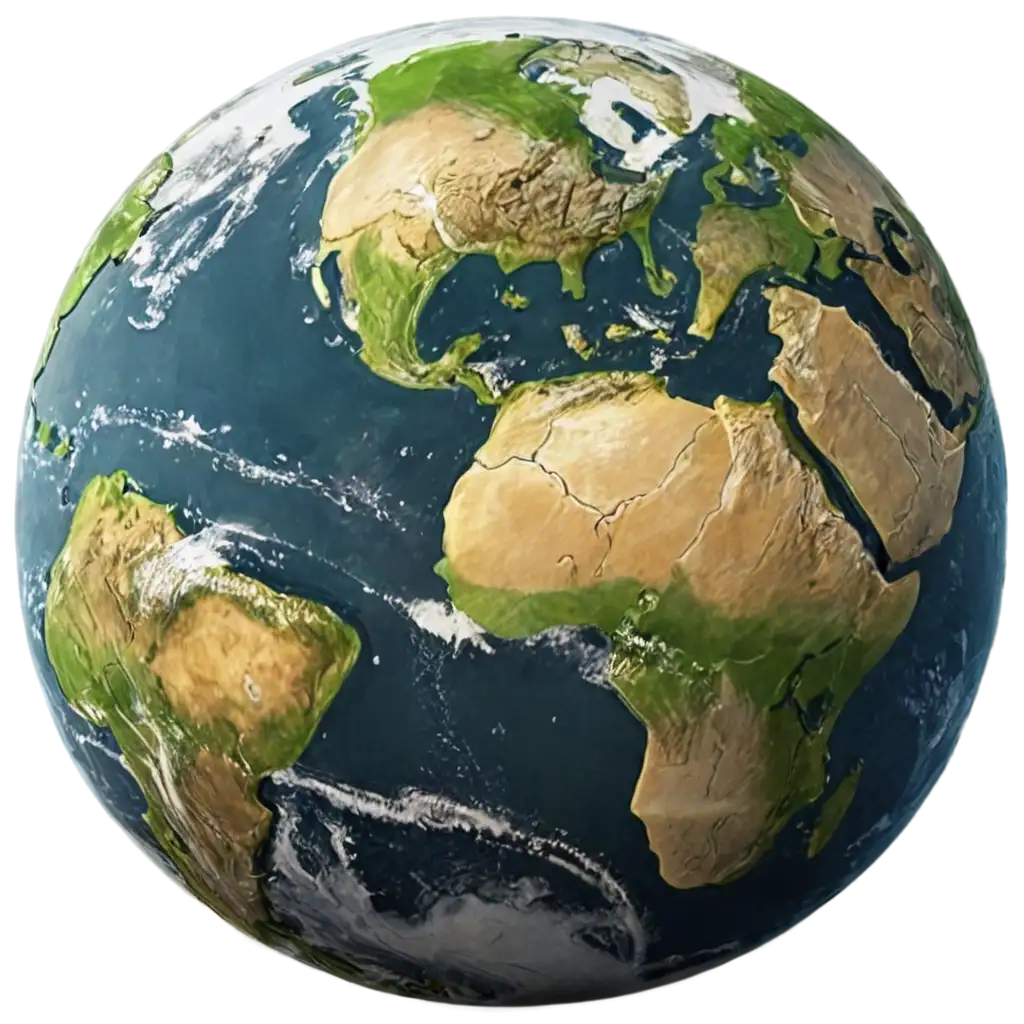
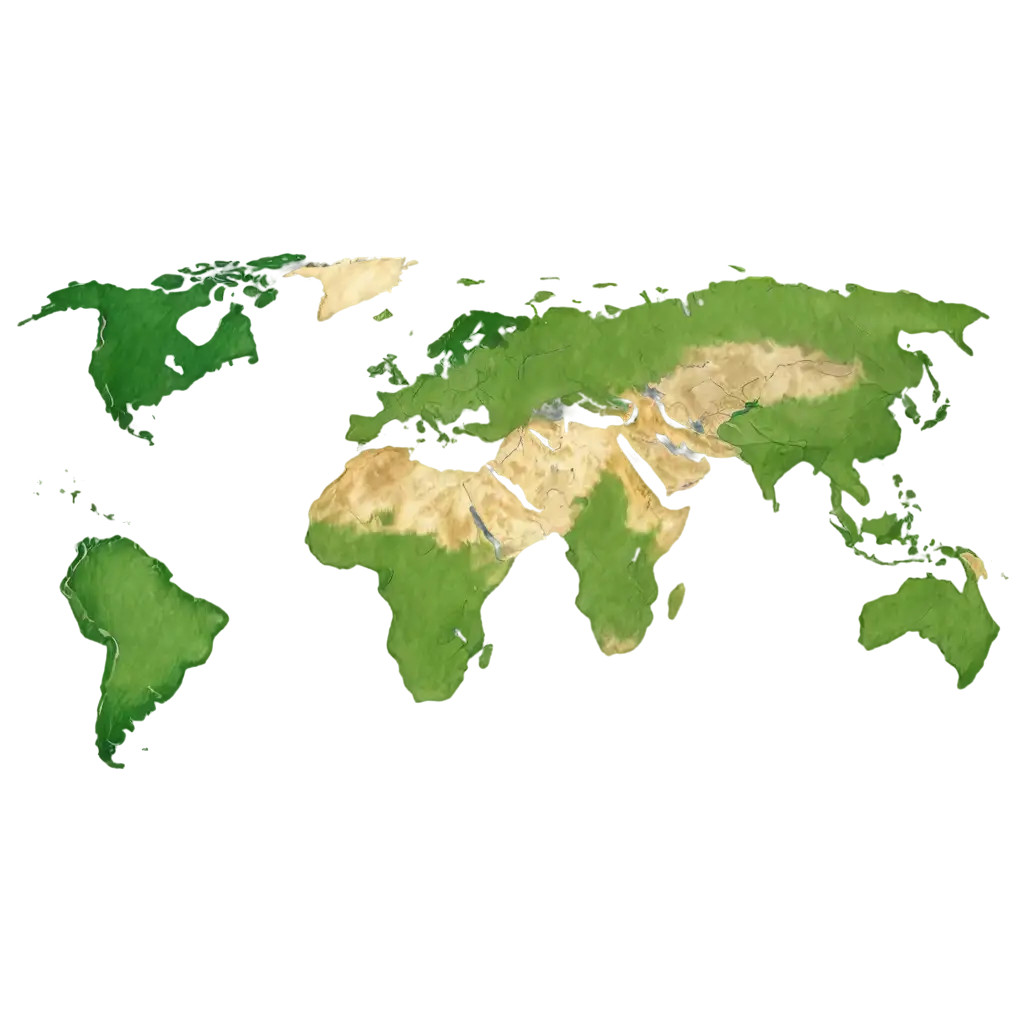
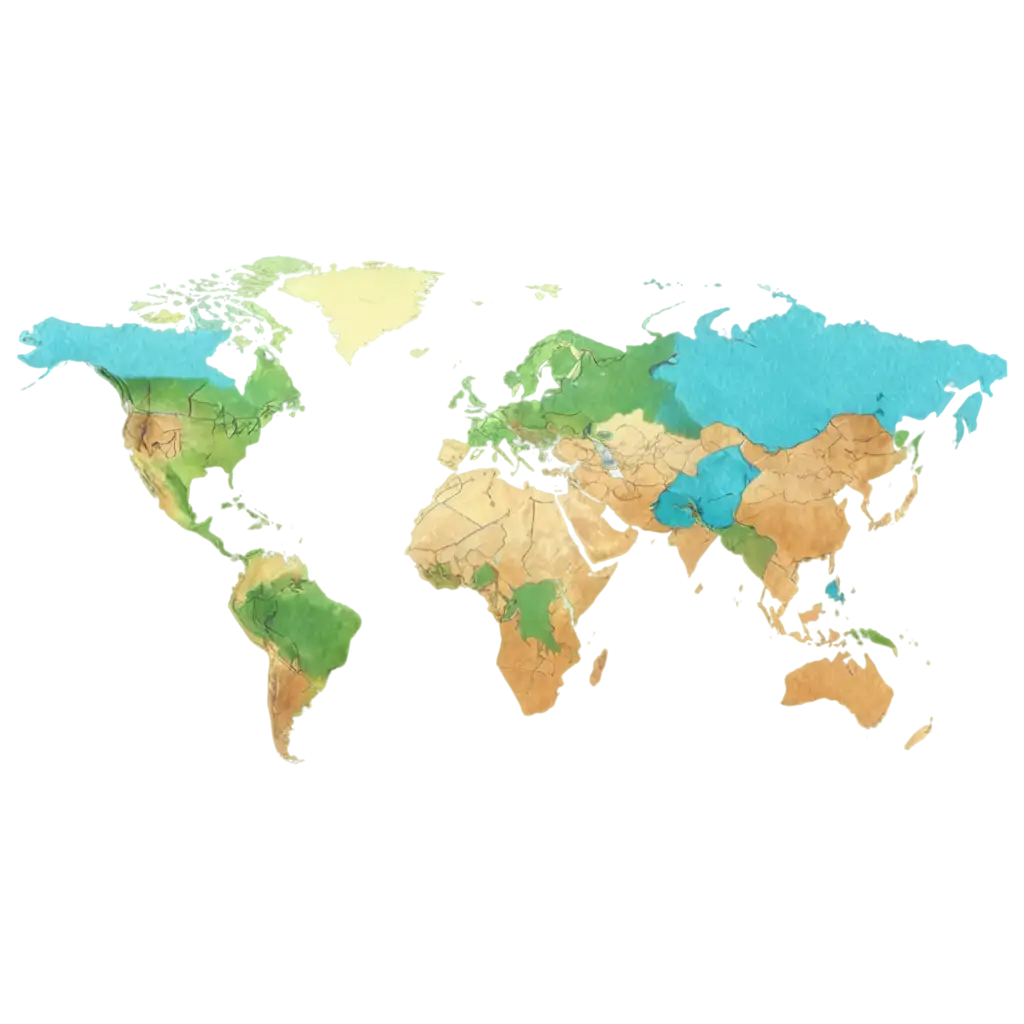
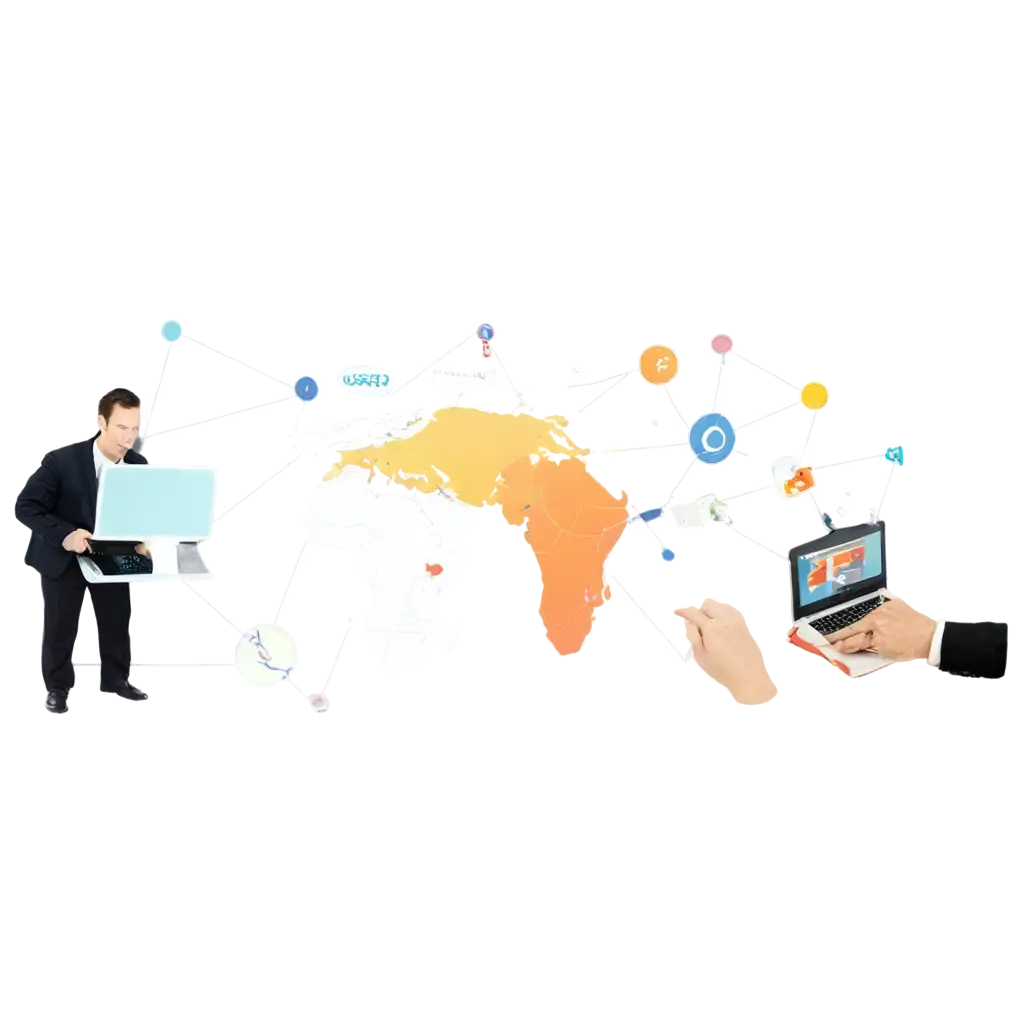

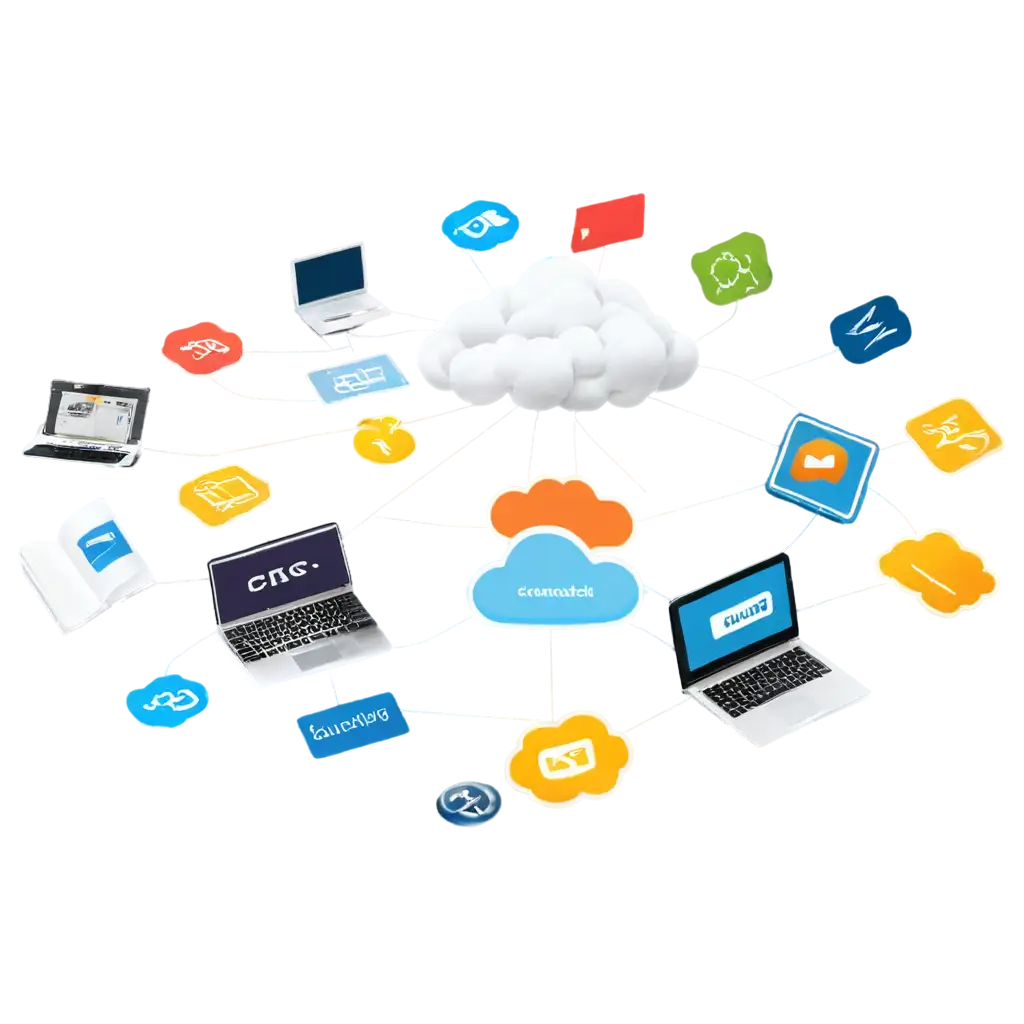

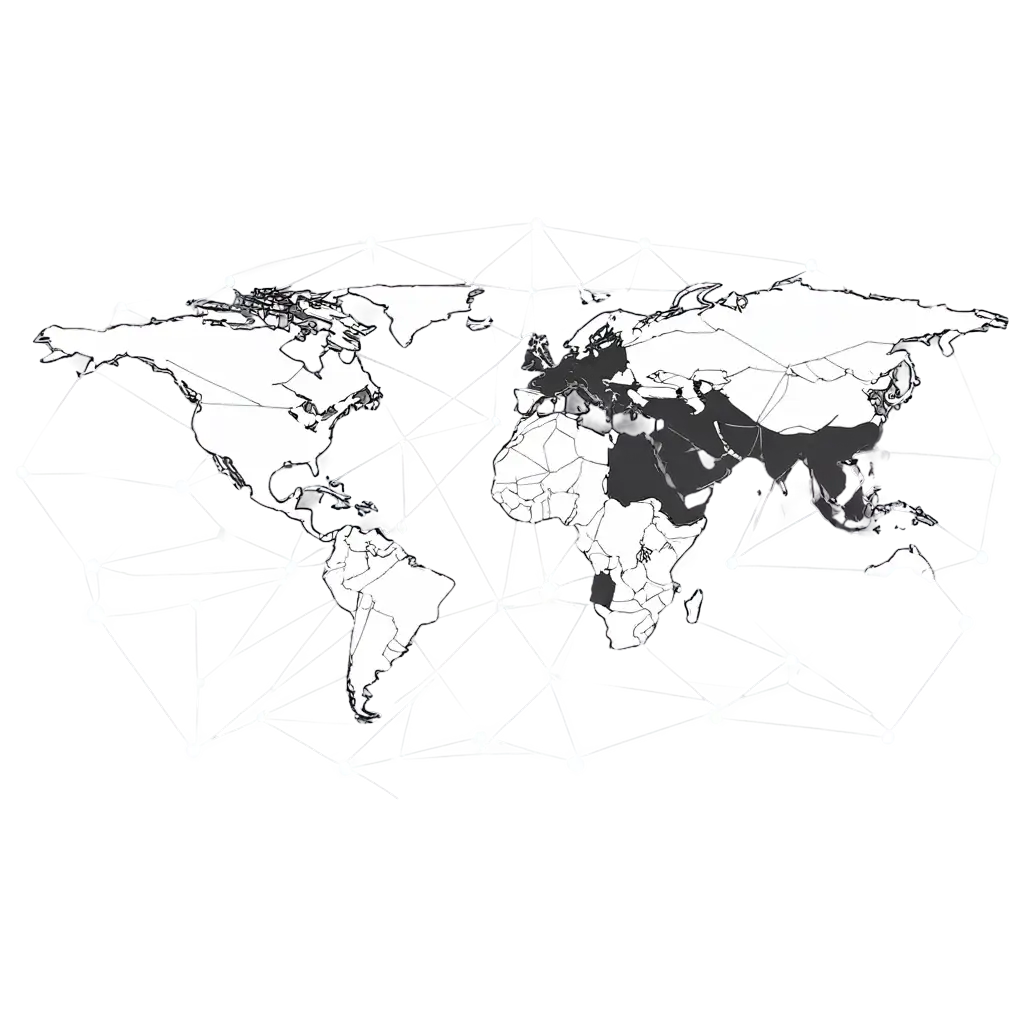

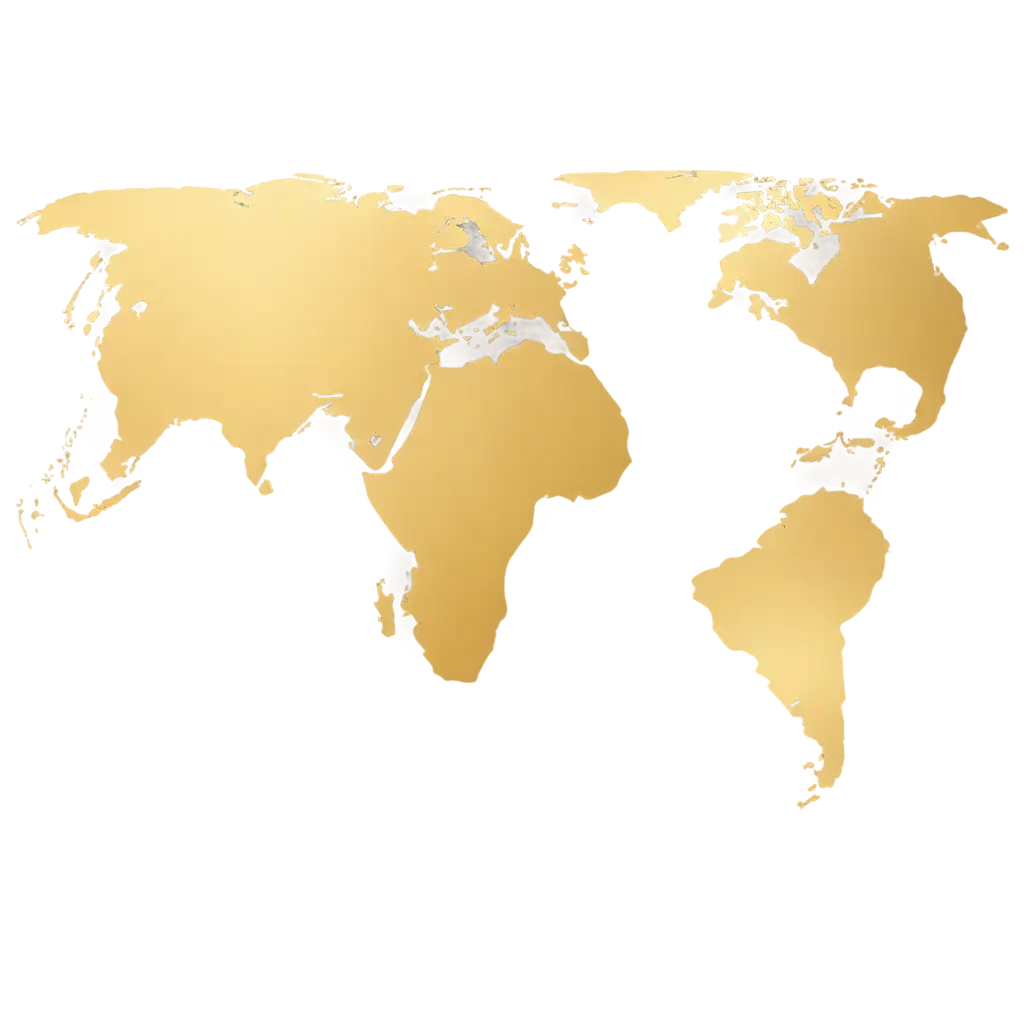
Related Tags
Global networks represent the backbone of our modern digital world, encompassing both physical and virtual infrastructure that enables worldwide connectivity. These networks include undersea fiber optic cables, satellite systems, data centers, and cloud computing facilities that form the internet's foundation. In visual representations, global networks are often depicted through interconnected nodes, light trails spanning continents, or abstract representations of data flows. These visualizations help communicate complex technological concepts through compelling imagery that bridges the gap between technical infrastructure and human understanding.
Understanding Global Networks: From Physical Infrastructure to Digital Connections
Global network imagery encompasses various visual styles, each serving different purposes and audiences. Technical illustrations often feature detailed schematics of network architecture, using precise geometric patterns and standardized symbols. Abstract representations might show glowing lines connecting points across a globe, symbolizing data flow and digital connections. Corporate visualizations typically emphasize security, reliability, and global reach through clean, professional designs. Common elements include blue color schemes representing trust and technology, geometric patterns suggesting structure and organization, and globe motifs highlighting worldwide connectivity. These diverse styles cater to different needs, from technical documentation to marketing materials.
Visual Styles and Representations in Global Network Imagery
Global network visualizations play a crucial role in modern business communications, serving multiple purposes across industries. In corporate presentations, these images help illustrate concepts like cloud computing, cybersecurity, and digital transformation. Marketing materials use network imagery to convey technological capability and global reach. Educational content benefits from network visualizations to explain complex technological concepts. The technology sector particularly relies on these images for product documentation, service explanations, and technical white papers. The versatility of global network imagery makes it essential for businesses showcasing their digital infrastructure, international presence, or technological solutions.
Applications of Global Network Imagery in Modern Business
The visualization of global networks continues to evolve with technological advancement and changing design preferences. Emerging trends include interactive 3D representations, augmented reality visualizations, and real-time data mapping. AI-generated imagery is increasingly incorporating elements like quantum computing networks, blockchain connections, and Internet of Things (IoT) ecosystems. Future visualizations are expected to focus more on sustainability aspects of digital infrastructure, edge computing networks, and advanced cybersecurity concepts. These developments reflect the growing complexity of global digital systems and the need to communicate these concepts effectively through visual means.
Future Trends in Global Network Visualization